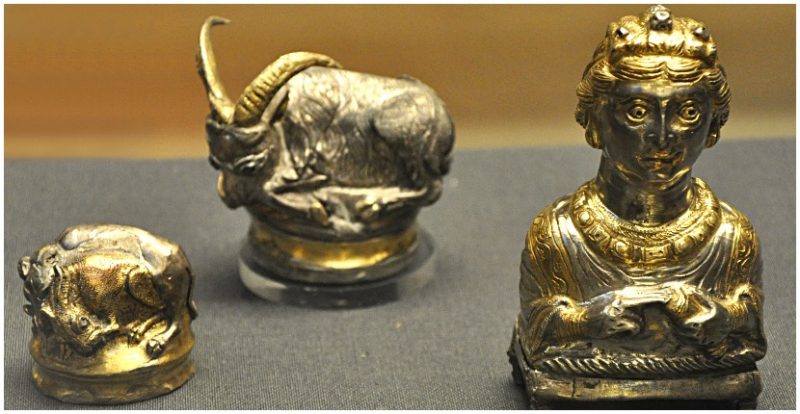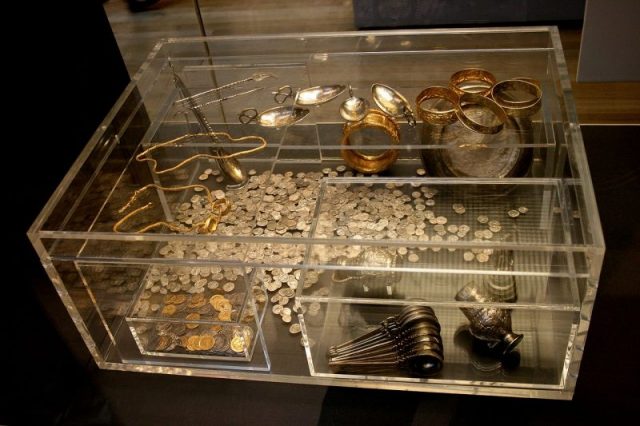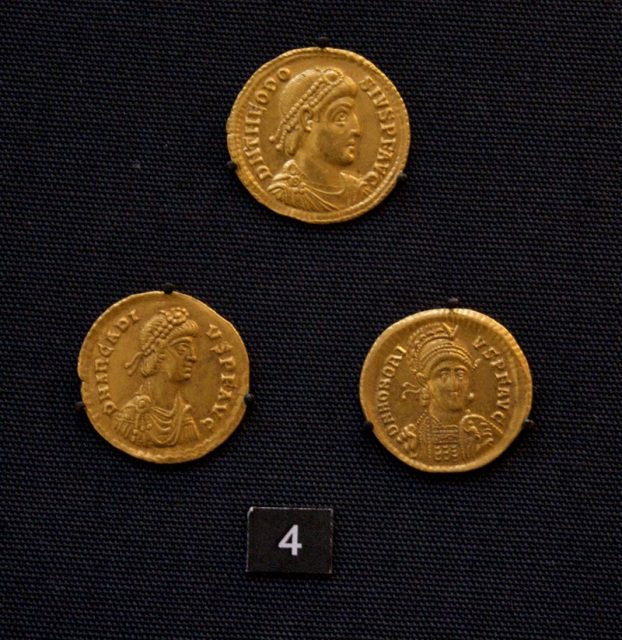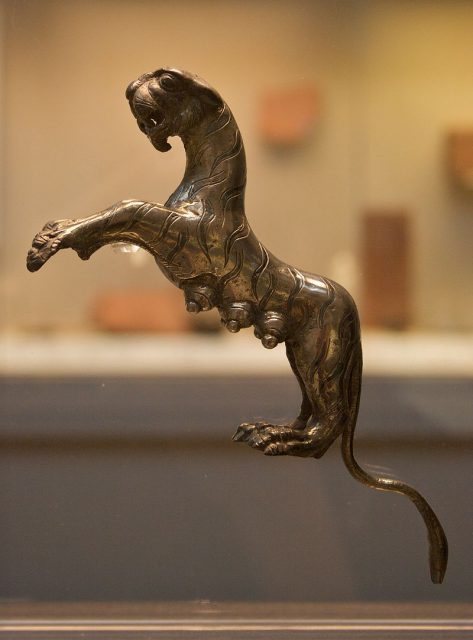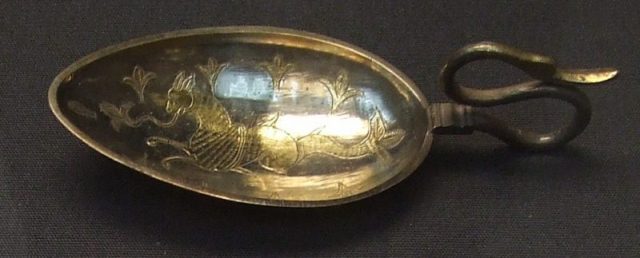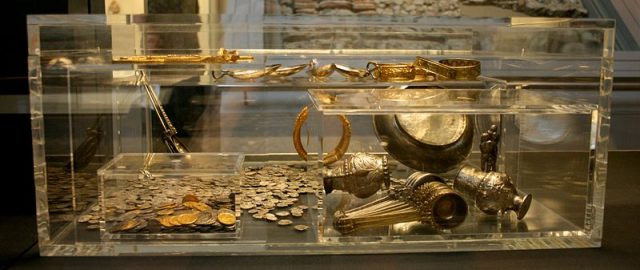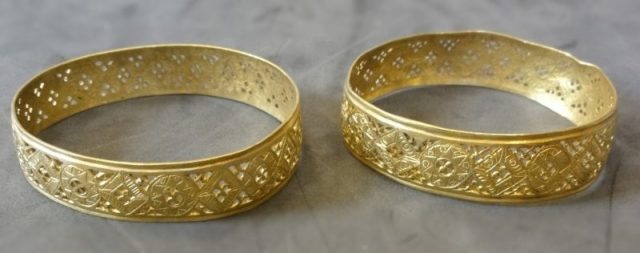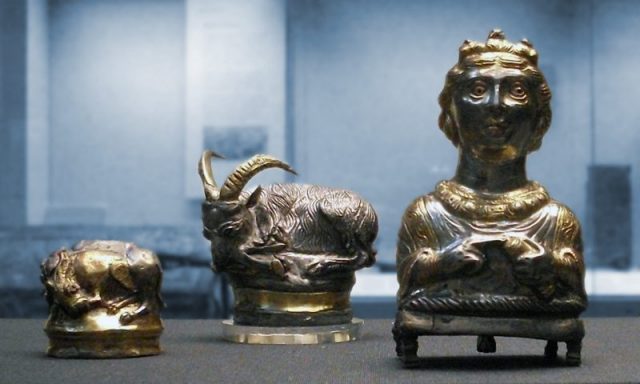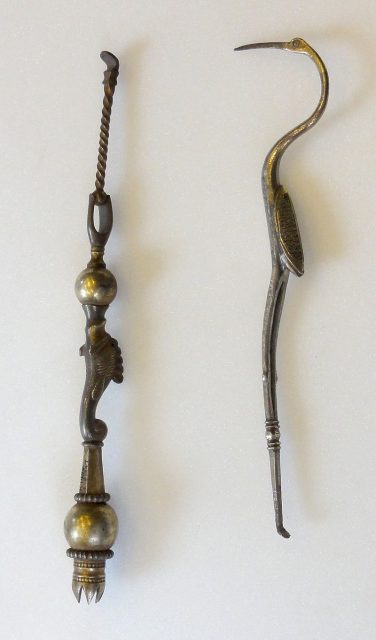
Dangerous Liaisons (1988) is a captivating period drama directed by Stephen Frears, based on the play by Christopher Hampton, which in turn is adapted from the 1782 French novel Les Liaisons Dangereuses by Pierre Choderlos de Laclos. Set in 18th-century France, the film delves into the world of aristocracy, focusing on themes of manipulation, seduction, and betrayal. The movie features an exceptional cast including Glenn Close, John Malkovich, Michelle Pfeiffer, and Uma Thurman, who deliver powerful performances that bring this tragic tale to life.
At the heart of Dangerous Liaisons are the characters of the Marquise de Merteuil, played by Glenn Close, and the Vicomte de Valmont, portrayed by John Malkovich. Both are wealthy, influential aristocrats who take pleasure in manipulating others for sport. The Marquise is a scheming and vengeful woman, while Valmont is a charming but ruthless seducer. Together, they engage in a game of deceit, using their romantic entanglements as a means to destroy the lives of those around them. Their relationship is complex, marked by mutual respect, rivalry, and a shared desire for power and control.
The plot revolves around Valmont’s attempt to seduce the virtuous and innocent Madame de Tourvel, played by Michelle Pfeiffer, as part of a bet with the Marquise. Meanwhile, the Marquise also schemes to ruin the young and naive Cecile de Volanges, played by Uma Thurman, by encouraging Valmont to seduce her as well. These manipulations lead to tragic consequences, as the characters’ actions spiral out of control, resulting in emotional devastation and irreversible damage to their reputations and lives.

One of the central themes of Dangerous Liaisons is the destructive power of manipulation and the consequences of treating human emotions as mere games. The characters’ cruelty towards one another and their disregard for the feelings of others reveal the dark side of the aristocracy, where power, wealth, and social status are prioritized over love, integrity, and decency. Through its portrayal of these morally corrupt individuals, the film highlights the ethical decay of a society obsessed with appearances and personal gain.

The film’s stunning visual design and period-accurate costumes immerse viewers in the opulence and decadence of 18th-century French aristocracy. The lavish balls, luxurious estates, and elegant fashions are juxtaposed with the emotional turmoil and moral corruption at the heart of the story. The cinematography and direction by Stephen Frears enhance the atmosphere of tension, creating a sense of impending tragedy as the characters’ manipulations begin to unravel.

In conclusion, Dangerous Liaisons is a brilliant adaptation of the classic French novel, combining sharp wit, tragic romance, and moral complexity. With exceptional performances from its cast, particularly Glenn Close and John Malkovich, the film offers a compelling exploration of the darker aspects of human nature. It is a timeless story of love, power, and betrayal that continues to captivate audiences with its emotional depth and tragic consequences. Through its rich storytelling and evocative visuals, Dangerous Liaisons remains a standout film in the genre of period dramas.
A Farmer’s Misplaced Hammer Led to the Largest Roman Treasure in Britain
